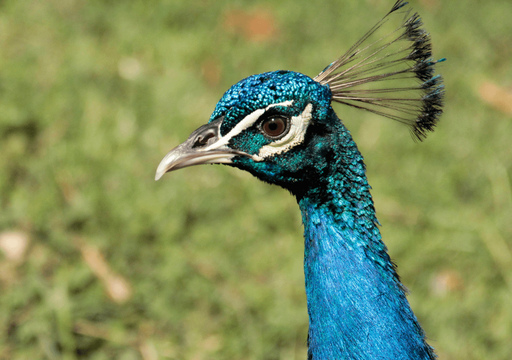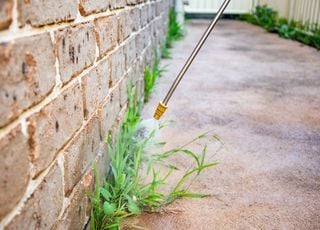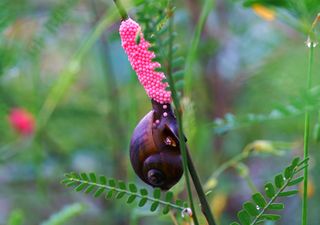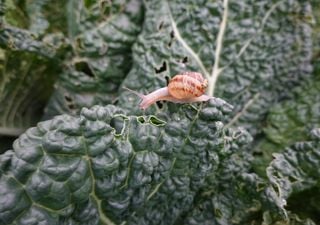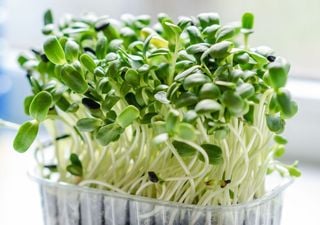Winter is coming: Five outdoor plants resistant to cold and frost
As winter approaches, many garden plants often suffer from the cold temperatures, leaving gardening enthusiasts looking for species that can withstand frost and icy climates. Take note, here are five.
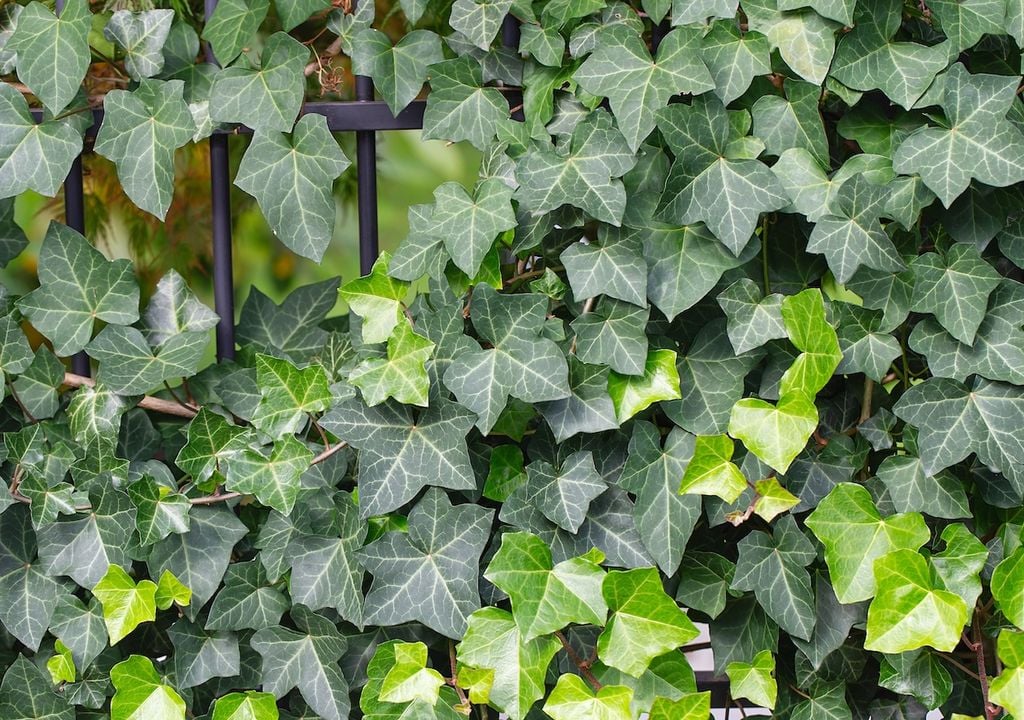
With less than two months to go until winter begins, it's a good time to start preparing for it, especially if you are a plant lover and want some of them to make it to spring. There are some plants that, in addition to withstanding the cold, add beauty to the outdoors even in winter.
Ivy, the all-terrain plant of winter
We start with one of the most resistant to cold, and therefore, the best ally in gardens exposed to low temperatures: ivy (Hedera helix). This evergreen climbing plant adapts to almost any climatic condition and is able to withstand temperatures below zero, tolerating up to -10 ºC without problem. Its strength is so remarkable that, with proper care, it can survive prolonged frosts, staying green and leafy all year round.
La hiedra común es representante de un género botánico que puebla espacios verdes con cierto aire mágico. Son muchos los muros cubiertos por esta trepadora capaz de generar una atmósfera que nos traslada hasta un cuento, una leyenda o un mito. Leer más https://t.co/qgrBEtdQoR pic.twitter.com/7XLPhICOuO
— Jardines que me gustan (@jardinesblog) October 31, 2024
In addition to being extremely resistant, ivy is a fast-growing plant, which makes it an excellent choice for covering walls, fences or pergolas, providing a touch of greenery even in winter. It also does not require much watering and adapts to different light conditions, although it prefers semi-shaded sites.
Cyclamen, a wave of colour in the middle of the frost
The Persian violet or cyclamen (Cyclamen persicum) is another interesting option for winter gardens. This plant stands out for its flowers in pink, red and violet tones, which appear just in the cold months. Although it is an outdoor plant, it needs protection against intense frosts, withstanding temperatures of up to -5ºC.
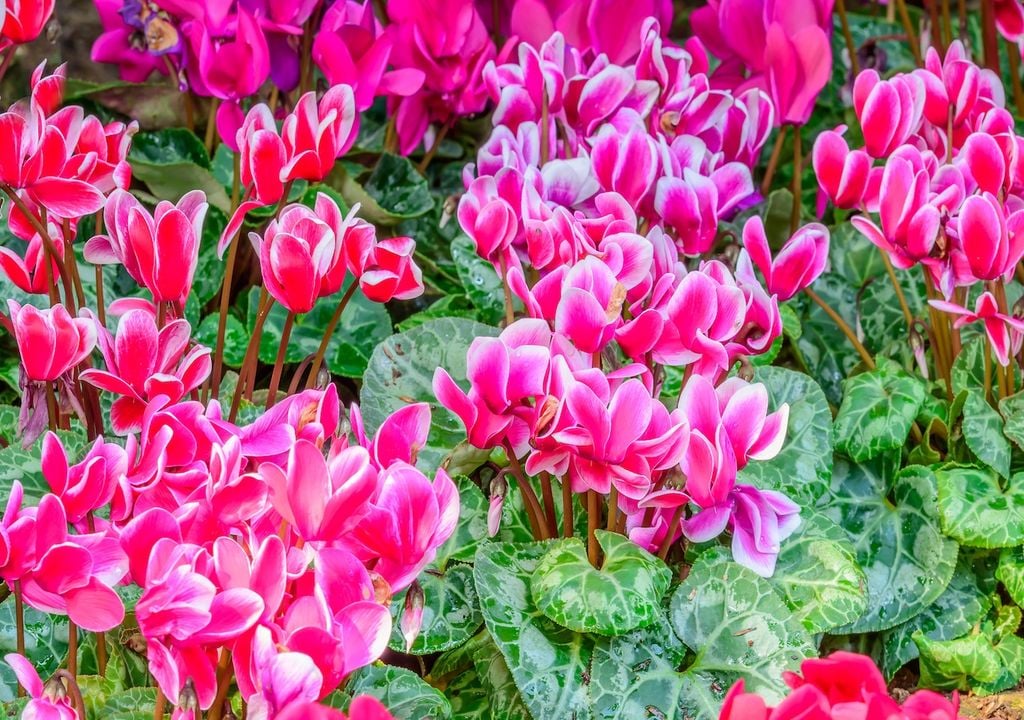
Ideally, this plant should be placed in cool, semi-shaded areas, and to protect it from intense frost, it can be covered with a cloth during the coldest nights, but above all remember that stagnant water is harmful to its roots.
Winter jasmine, a fragrance and a colour that defy the winter cold
Winter jasmine (Jasminum nudiflorum) is known for its resistance to cold and for the pleasant aroma of its flowers. Although there are different varieties, the winter jasmine can withstand temperatures as low as -10ºC and is an excellent choice for cold climates. Its yellow flowers appear during the winter, adding colour and aroma to the garden on the greyest days.
Uno de nuestro jazmines amarillos es Jasminum nudiflorum, muy atractivo por su prolongada y resistente floración invernal. #FelizMartes pic.twitter.com/3iAs2MGYCc
— REAL JARDÍN BOTÁNICO (@RJBOTANICO) February 11, 2020
This type of jasmine is a climbing plant that needs a support structure to grow, such as a pergola or trellis. It prefers well-drained soil and a sunny or semi-shaded exposure, but it is also very easy to maintain, as it only needs light pruning after flowering and moderate watering, making it ideal for gardeners with little experience or time.
Oleander, a rustic and resistant beauty
Oleander (Nerium oleander) is a hardy plant that, although more common in warm climates, is also able to withstand temperatures close to 0 ºC, occasionally withstanding temperatures of up to -5 ºC in well-protected areas.
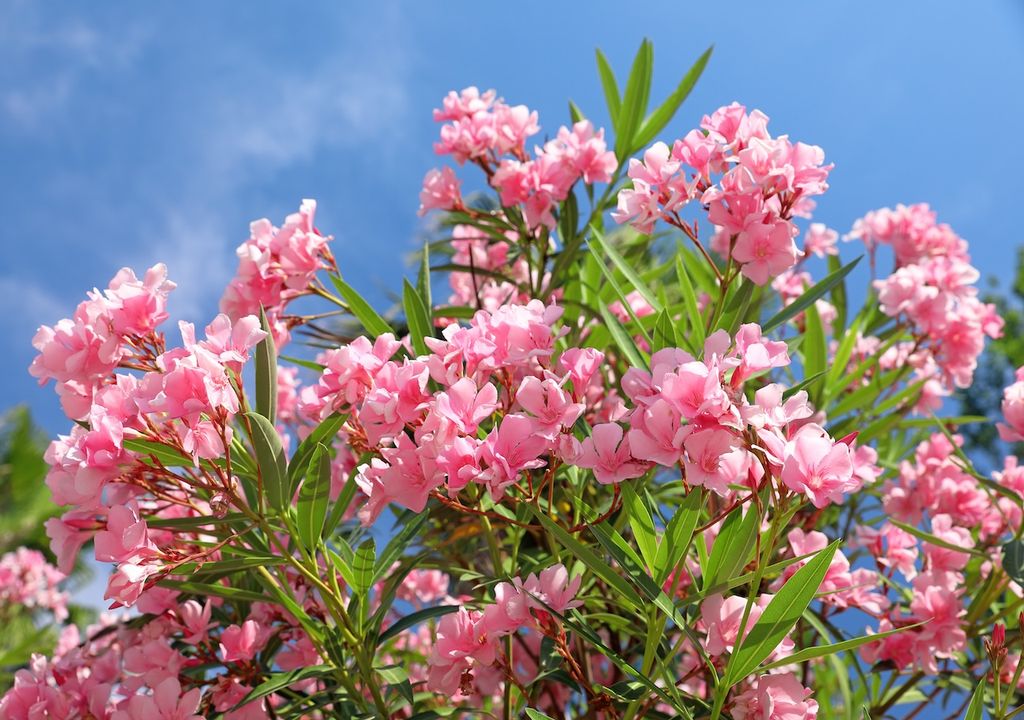
Although oleander can withstand light frosts, it needs some care in winter, such as protecting it from cold winds. It prefers well-drained soil and a sunny location, as the sun contributes to its strength. However, it should be noted that it is a toxic plant, so caution is recommended if there are pets or small children in the home.
The colour and resistance in temperate climates of bougainvillea
We end this review with the bougainvillea, one of the most popular climbing plants for its ability to bring colour and life to walls and gardens. Although it does not tolerate strong frosts, it is able to withstand temperatures close to 0 ºC, making it ideal in areas with mild winters.
This is what happens when you plant a small Bougainvillea in the shade, and then flat out ignore it pic.twitter.com/eM7LOmhVTM
— Brenda Rogerson (@b_dizzy) November 3, 2024
This type of plant stands out for its brightly coloured pink, purple and orange bracts that create a striking visual effect outdoors. To protect it from the cold, it is recommended to plant it in places protected from the wind and, if possible, cover it on frosty nights.
As for maintenance, bougainvillea prefers well-drained soil and good sun exposure, as sunlight enhances its colors and strengthens its growth. During winter, it is advisable to reduce watering to avoid excess humidity, which can damage it.
